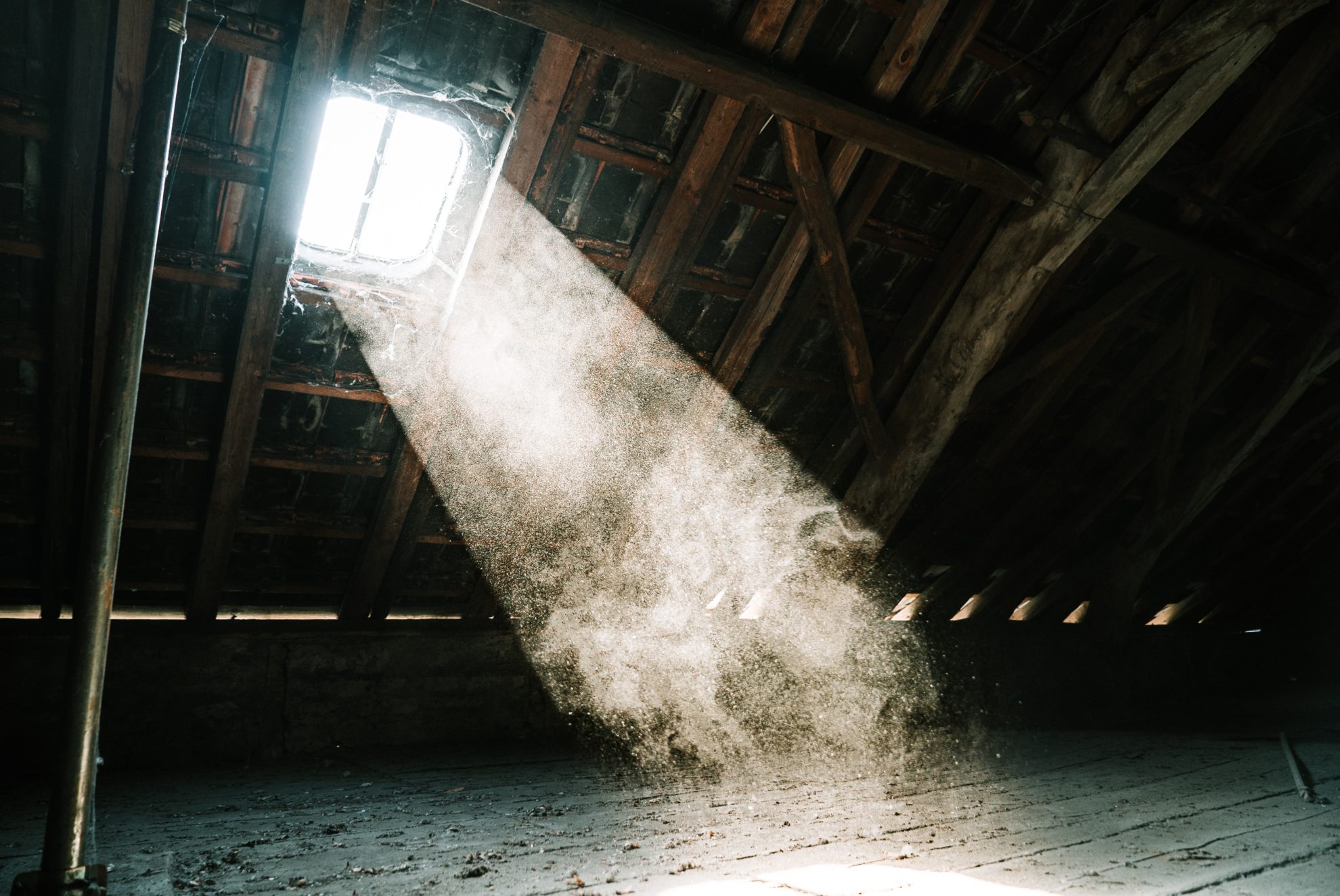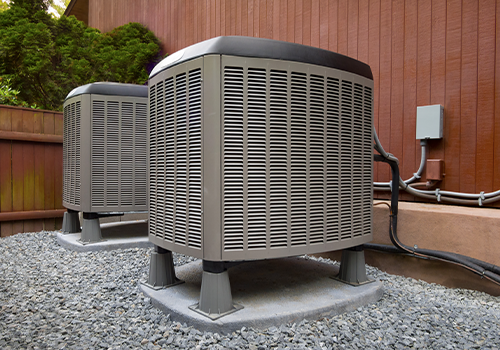People with allergies might consider springtime the worst season, but the truth is allergens can be present indoors any time of year. In fact, depending on the type of allergens floating around your home, you might be experiencing more allergy symptoms during the winter or summer months when the HVAC is blowing air around.
More than half of the homes in America have detectable levels of allergens including dust mites, dogs, cats, cockroaches, mice, and mold (source). With all the time spent inside, often with doors and windows closed tightly to keep the house energy efficient, allergens can run rampant. These allergens can cause the dreaded itching and sneezing (or even trigger more severe symptoms!) that we associate most commonly with pollen or other outdoor allergens.
What are the most common allergens found in the home?
Dust mites
Dust mites are one of the most common allergens in all American homes. They don’t bite but breathing them in causes serious irritation–especially if you are susceptible to respiratory issues like asthma. Dust mites, their waste, and the particles that remain from dead dust mites can all contribute to allergy symptoms.
Pet dander
Pet dander is another leading cause of allergies– which is not to say people are allergic to their pets. Rather, the dried saliva, urine, and skin flakes from the animal that get into the dust around the house when they scratch or shake are what causes most allergic reactions. Furry pets are the most likely to present the allergens, although it is their dander, not their hair, which causes the allergic reactions.
Mold
The most common household mold is Alternaria, but many forms of mold can grow indoors when there is humidity, dampness, or water collecting anywhere (source). Mold releases spores into the air which can be inhaled or settle on wet areas and grow more mold. Like other allergens, mold can settle among house dust also causing allergy symptoms. Mold is common and not likely to cause serious symptoms, but people with allergies or who are immunocompromised can have serious symptoms or reactions to indoor mold. There are also some forms of mold, such as black mold, which is toxic and can have serious effects on those exposed to it.
Pollen
Pollen can easily get inside the house during the months when it’s covering everything outside. It can ride inside on pets’ fur and paws, or shoes and jackets left on once coming inside. Pollen grains from trees, grass, and weeds are small particles that get into the eyes, nose, and lungs and cause typical allergy symptoms.
Fireplace, cooking, and cigarette smoke
Different emissions from burning wood, food, or tobacco products can lead to coughing and other allergy symptoms. When using a wood-burning fireplace, using a gas range, cooking food in oil and butter, or smoking cigarettes, these emissions have an impact on the air quality inside the house.
Best ways to get rid of allergens in your home
The sources of many of these allergens most often come from the fabric in wall-to-wall carpets, furniture, stuffed animals, or bed linens. Often, allergens are trapped on or in these materials and are released when they’re used. Pets and damp areas are major culprits for home allergens.
Aside from using your HVAC system to rid your home of allergens, which we will discuss next, it’s important to engage in regular cleaning of rugs, furniture, and bedding. Washing all items that can be machine-washed in the washing machine with hot water and vacuuming surfaces with HEPA filter vacuums will greatly reduce allergen levels in your home.
For allergens like emissions, a good ventilation system or cracking a window can have a huge effect on getting rid of those reactions. Cleaning surfaces is important too, as chemicals can get stuck on hard surfaces and fabrics long after the smoke has cleared.
How to use your HVAC to get rid of allergens
The best ways HVAC systems fight allergens is by continuously moving air through its filters and ducts throughout the house to prevent the buildup of dust, and by removing humidity from the air so that allergens like mold will not grow.
It might seem like, “Wow, that’s it?” It’s true that removing allergens from the air and preventing them from growing in the house, in addition to thoroughly cleaning fabric surfaces, is the easiest and most important way to get rid of the common allergens found inside. Making sure you clean or replace your HVAC filters regularly and ensuring humidity levels are where they should be are ways to keep your HVAC doing its job of cleaning the air for you.
If you want your HVAC system to do more, you can consider upgrading your filters or your HVAC system or adding an air purifier that works in tandem with your HVAC system. Depending on how new or high quality your HVAC system and its filter are, the more it will be able to do in the way of cleaning and purifying the air. High-quality filters rated MERV 11 or higher, with proper cleaning and replacement, remove allergens like pollen from the air. You might also consider adding additional air purifiers that work alongside your HVAC system so that the HVAC system is spreading extra-treated air with allergens removed throughout your home.
Common reactions or symptoms from exposure to household allergens & treatments
You might not have considered the fact that your cold or cold symptoms could be coming from poor indoor air quality. Allergy symptoms include:
- Stuffy nose
- Sneezing
- Coughing
- Dripping, clear, thin mucus
- Itchy nose and eyes
- Wheezing and chest tightness
If you appear to have a nagging cold or symptoms listed, you might consider if it’s allergens in your home triggering these issues. Simple things you might try are cleaning the filter on your HVAC system and doing a major cleaning of all major dust-trapping fabrics like couches and rugs.
Call us
Keeping your HVAC system running smoothly is the best way to clear the allergens from inside your home. At Exxel Mechanical Service, our team is ready to serve you. Call or email us today at (443) 821-1040 or bob@exxelmechanical.com. It would be our pleasure to see how we can help you




